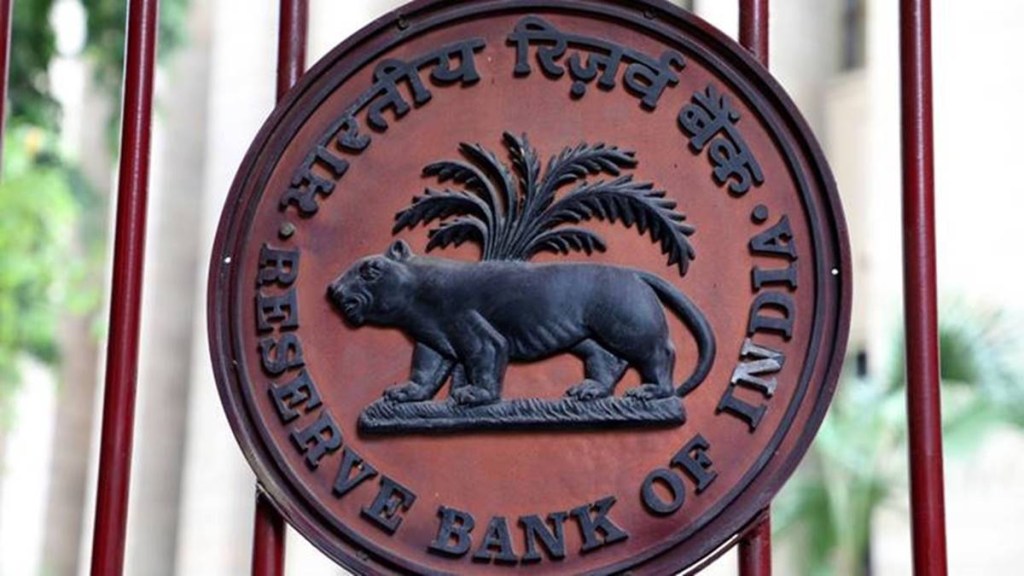The Reserve Bank of India’s (RBI) Monetary Policy Committee (MPC) raised the policy repo rate by 35 basis points to 6.25% on Wednesday — the highest since August 2018. That was on expected lines, but what surprised the markets was the decision to retain the hawkish stance of “withdrawal of accommodation.”
Most experts have been hoping that the MPC will set the tone for an eventual pause in rate hikes after a token hike in this policy. On the contrary, the MPC hinted at further tightening by saying that “further calibrated monetary policy action is warranted to keep inflation expectations anchored, break core inflation persistence and contain second round effects”. The mention of sticky core inflation was an addition to the overall stance in the policy meeting.
Governor Shaktikanta Das even used a metaphor for keeping a hawk eye on inflation by saying, “we will keep ‘Arjuna’s eye’ on the evolving inflation dynamics and be ready to act as may be necessary”.
The RBI said while GDP growth remains resilient and inflation is expected to moderate, “the battle against inflation is not over”.
That was enough for a near-unanimity among bankers that there will be at least one more rate hike in the February policy, which will take the repo rate to 6.5%.
Abheek Barua, chief economist at HDFC Bank, said, “The policy tone was distinctly more hawkish than expected. When a central bank combines its sanguine view on growth with continued concerns on inflation —particularly the persistence in core inflation — it suggests that it is prepared to continue its fight against inflation and has the space and willingness to raise rates further.” Barua expects the terminal rate to be 6.5%-6.75%.
Also Read: RBI relaxes UPI payments for e-commerce spends
The MPC voted 5:1 for a rate hike with Jayant Verma voting against it.
For FY23, the RBI has revised the GDP growth downwards from 7% to 6.8%, while the inflation projection has been retained at 6.7%. While the RBI believes that the worst of inflation is behind, yet it estimates CPI inflation of 5% in Q1FY24 and 5.4% in Q2FY24, much above its mandated level of 4%.
As a result of the hike in policy rates, the standing deposit facility (SDF) — the rate at which the RBI lends to banks without collateral — stands at 6% and the marginal standing facility (MSF) — the rate at which banks can borrow from the RBI against approved collaterals —would be 6.50%.
Dinesh Khara, chairman, State Bank of India, said: “A marginal downward revision in growth estimates reveals that the only certainty in the current environment is uncertainty. A visible improvement in consumer and business confidence, as per RBI surveys augurs well for the future growth outlook.” Khara said the bank will calibrate its deposit rate hike, if needed.
The Sensex was mostly range-bound during the day.
However, it slipped 218 points in the last half hour to close at Rs 62,410. The 10-year bond yield went up by 6 bps immediately after the policy announcement before settling at 2 bps higher to 7.271%. The rupee closed at 82.48 against the dollar, gaining by 0.16%.
Nilesh Shah, managing director, Kotak Mutual Fund, said the RBI has given a “Main Hu Na” (we are there) policy that will reassure markets. A data-driven RBI will keep on playing balls on merit and continue to keep the growth scoreboard moving with inflation under check, he added.
The RBI also took several other steps on Wednesday. These included an extension of time for HTM (held-to-maturity) categorisation of fresh bank investments in bonds till March 2024. According to Khara, this will have an orderly impact of domestic yields.
In addition, the mandate of UPI payments has been enhanced, making it easier for customers to have money for investments such as buying shares, online shopping, hotel bookings and others. RBI’s ‘single block and multiple debit’ facility is expected to increase the number of transactions significantly. It could also increase the average ticket size of transactions. Similarly, the scope of BBPS (Bharat Bill Payment System) has been expanded to include all kinds of payments and collections, both recurring and non-recurring. At present, BBPS does not support education fees, tax payments, rent collections and other payments or collections. This space will change significantly after the RBI’s new guidelines.
With a view to providing greater flexibility to importers/exporters of gold such as jewellers and industries which use gold as an intermediate or raw material, the RBI has also allowed resident entities to hedge the price risk of their gold exposures on recognised exchanges in the IFSC (International Financial Services Centre). In a move towards normal liquidity operations, it has decided to restore market hours — from 9.00 am to 5.00 pm — in respect of call/notice/term money, commercial paper, certificates of deposit, and repo in corporate bond segments of the money market as well as for rupee interest rate derivatives.

